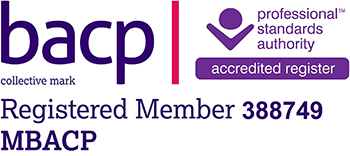Attachment Theory
Attachment Theory sits at the foundation of my work as a therapist. It explores how our early experiences and relationships influence and shape the way we relate to both ourselves and others in the past and also the present.
The theory of Attachment was first researched by British psychologist, John Bowlby in the 1950's, whose interest began in observing the anxiety created in children upon separation from their primary caregivers. Bowlby discovered that when distressed, children instinctively look for closeness and comfort from a preferred person or persons.
Although the purpose of attachment is primarily for the safety and survival of the young, Bowlby discovered that our early attachment experiences have a huge influence throughout our lives and especially affect our relationships and the way in which we grieve. His colleague, Mary Ainsworth, who is herself considered the second founder of Attachment Theory, identified three main styles of attachment, Secure, Insecure-Avoidant and Insecure-Ambivalent. In 1986 a fourth attachment style of Disorganised-Insecure was identified and added by researchers, Main and Solomon.
In therapy, I aim to provide a secure base, from which you can feel safe to explore past and current events and work through whatever it is you need to.




